Collection
First Paperback Novel in Korean, Ttakjibon
Novels of this type can be classified into two groups. The first is the "social problem" novel, which dealt with societal problems or realities by exposing and criticizing societal irregularities and contradictions. The second is the "novel of manners", which placed an emphasis on changing social conventions and realistically portrayed a wide range of social aspects of that time, such as everyday life and social customs. As a result, reading social novels can help us understand the external and internal aspects of contemporary people.
Many important events in modern Korean history, such as the Donghak Peasant Movement and Gabo Reforms of 1894, the Japan-Korea Treaty of 1905 (also known as the Eulsa Treaty), and the Japan-Korea Treaty of 1910 (also known as the Japan-Korea Annexation Treaty), occurred in the early 1900s. Because the mass production of ttakjibon novels began during this turbulent era, ttakjibon novels were naturally greatly influenced by these historical events. Given the characteristics of social novels and the time period in which they were popularized, these types of ttakjibon novels were able to capture the confusion and chaos that people experienced in the midst of those historical realities.
-
 GongjinhoeVIEW
GongjinhoeVIEW -
 DansoVIEW
DansoVIEW -
 DaeposeongVIEW
DaeposeongVIEW -
 Duggyeob-jeonVIEW
Duggyeob-jeonVIEW -
 MonranbyeongVIEW
MonranbyeongVIEW -
 HyeongmikyeongVIEW
HyeongmikyeongVIEW -
 Huingbu-jeonVIEW
Huingbu-jeonVIEW -
 Baebijang-jeonVIEW
Baebijang-jeonVIEW -
 Seeds of EvilVIEW
Seeds of EvilVIEW -
 World of MetalVIEW
World of MetalVIEW -
 A Brave White-clothed Youth in Manchuria FieldsVIEW
A Brave White-clothed Youth in Manchuria FieldsVIEW -
 Byeoljubu-jeonVIEW
Byeoljubu-jeonVIEW -
 Unmarried Woman's SoulVIEW
Unmarried Woman's SoulVIEW -
 HoauihyeolVIEW
HoauihyeolVIEW -
 Flight WarVIEW
Flight WarVIEW -
 CheongcheonilbaekVIEW
CheongcheonilbaekVIEW -
 Tools of Chiang Kai-sheok's Wife and Captain Duwolsaeng of CheongbangVIEW
Tools of Chiang Kai-sheok's Wife and Captain Duwolsaeng of CheongbangVIEW -
 MiingyeoVIEW
MiingyeoVIEW -
 Golden PagodaVIEW
Golden PagodaVIEW -
 WolhagainVIEW
WolhagainVIEW -
 Seomdongji-jeonVIEW
Seomdongji-jeonVIEW -
 HongdohwaVIEW
HongdohwaVIEW -
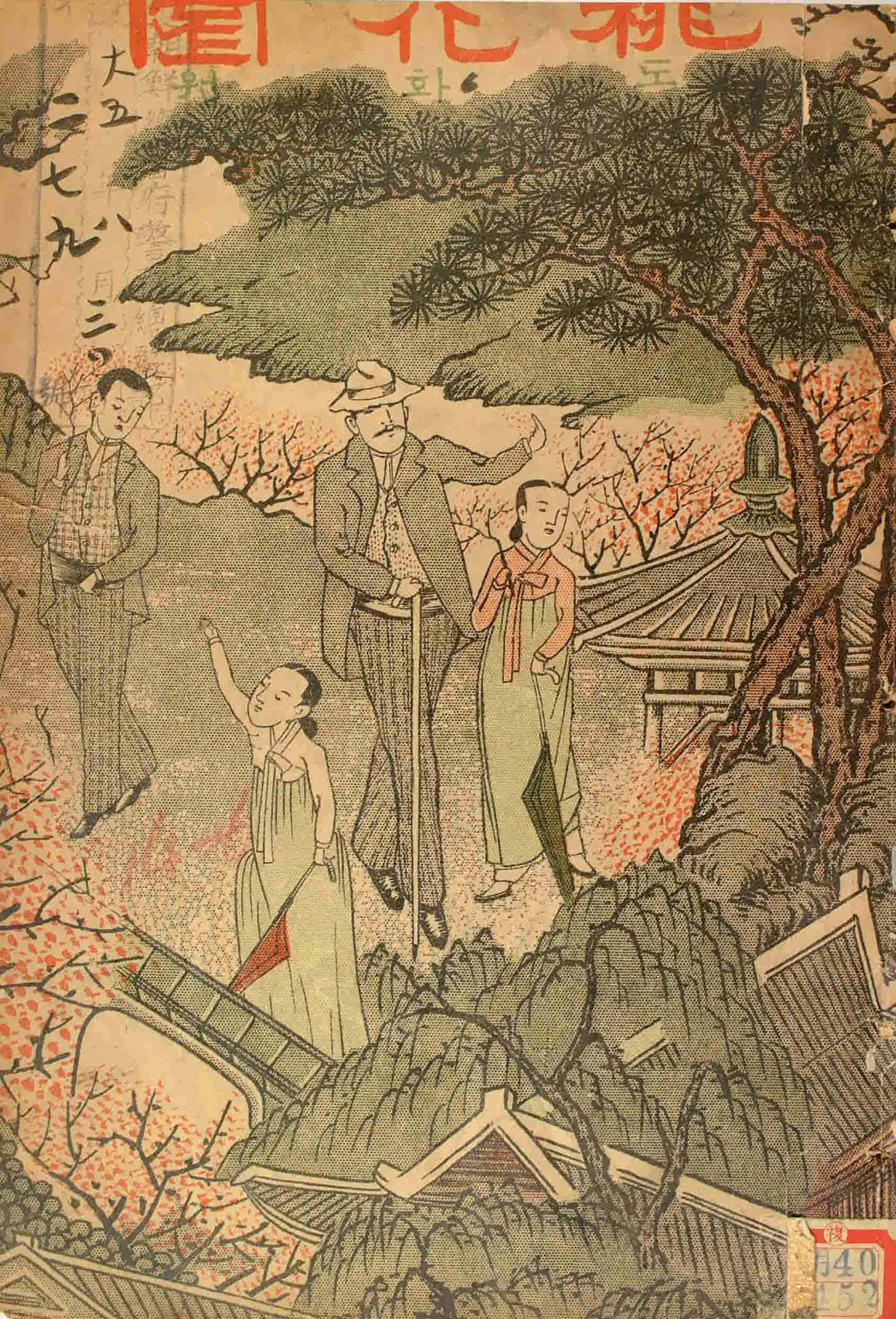 DohwawonVIEW
DohwawonVIEW -
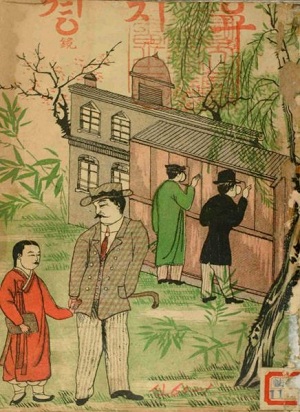 King of FlowerVIEW
King of FlowerVIEW -
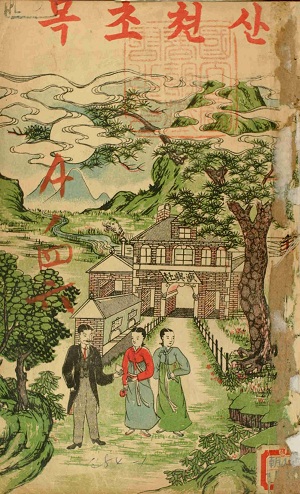 JaebongchunVIEW
JaebongchunVIEW -
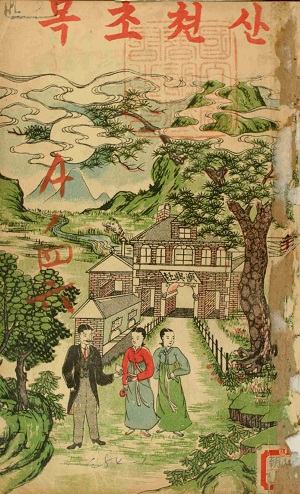 SongroegeumVIEW
SongroegeumVIEW -
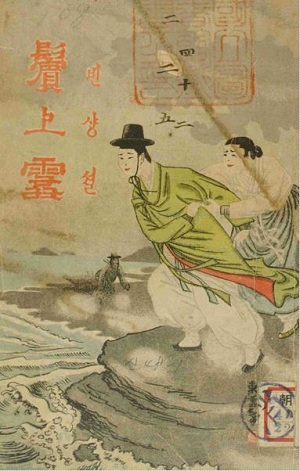 BinsangsulVIEW
BinsangsulVIEW -
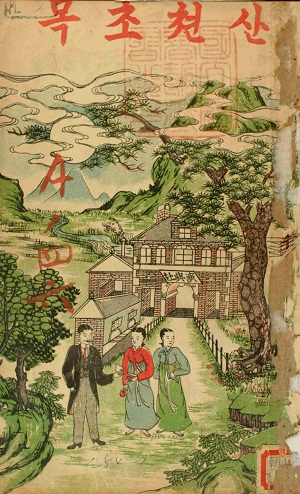 SancheonchomokVIEW
SancheonchomokVIEW -
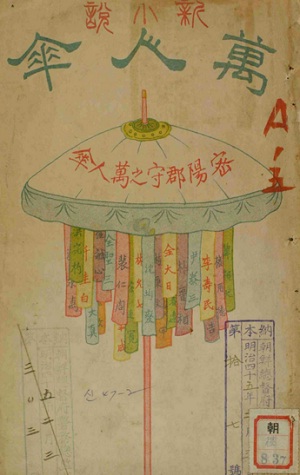 ManinsanVIEW
ManinsanVIEW -
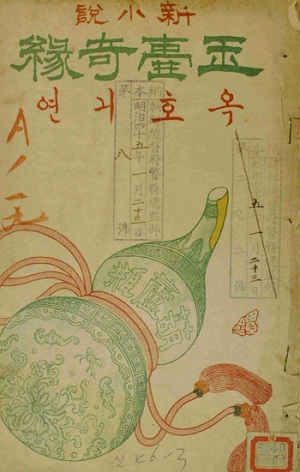 OkhogiyeonVIEW
OkhogiyeonVIEW
 This website is the official e-government website of Korea.
This website is the official e-government website of Korea.
